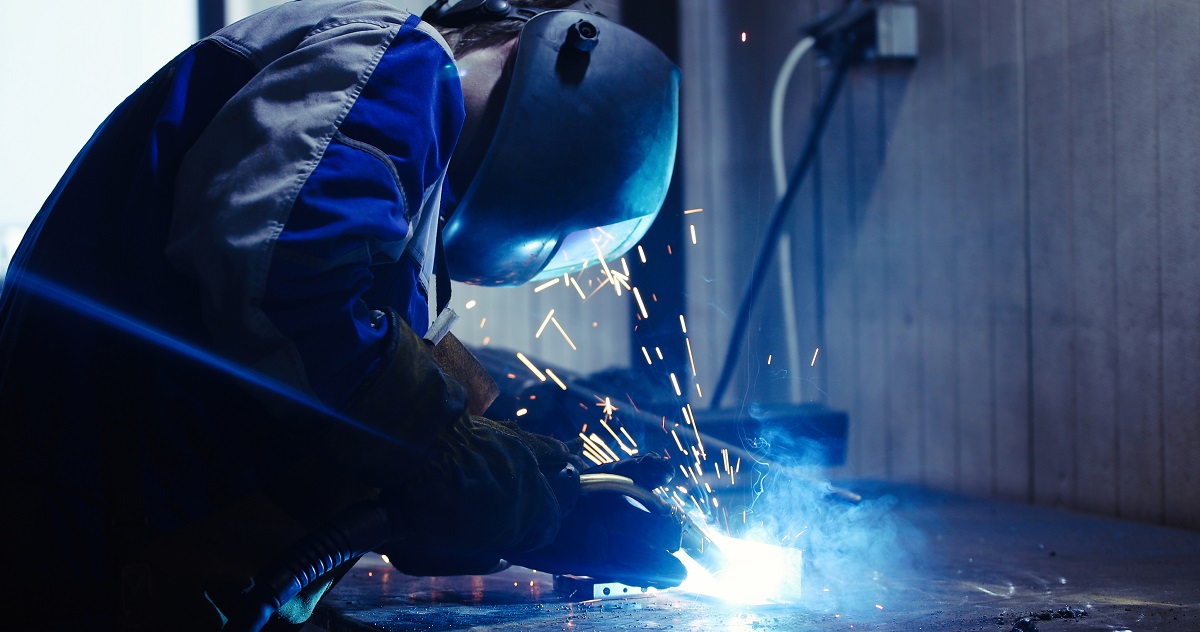Professional Approaches for Preventing Weld Undercut Effectively
Professional Approaches for Preventing Weld Undercut Effectively
Blog Article
Understanding the Art of Welding: Exactly How to Avoid Undercut Welding Issues for Flawless Fabrication Outcomes
Efficiency and precision are vital on the planet of welding, where even the tiniest flaw can compromise the structural stability of a fabricated item. One common challenge that welders face is undercutting, a flaw that can lead and deteriorate a weld joint to costly rework. By understanding the source of undercut welding and carrying out reliable strategies to avoid it, welders can raise their craft to brand-new levels of quality (Preventing weld undercut). In the quest of remarkable fabrication outcomes, understanding the art of welding to stay clear of undercut problems is not just a skill yet a requirement for those striving for perfection in their work.
Recognizing Undercut Welding

To avoid undercut welding, welders need to make sure appropriate welding parameters, such as changing the present, voltage, travel speed, and preserving the right electrode angle. Additionally, using the proper welding technique for the details joint setup is necessary. Using weaving activities or backstepping techniques can assist ensure appropriate weld metal deposition and reduce the probability of undercut formation. Routine inspection of welds throughout and after the welding procedure is likewise critical to capture any kind of undercut very early and make necessary adjustments to avoid additional defects. Preventing weld undercut. By understanding the causes of undercut welding and applying safety nets, welders can achieve top quality, structurally audio welds.
Reasons For Undercut in Welding
Understanding the elements that contribute to damage in welding is necessary for welders to produce top notch, structurally audio welds. Undercutting takes place when the weld steel does not correctly fill the groove created between the base metal and the previously transferred weld metal. A number of aspects can cause undercut in welding. One typical reason is too much heat input. Welding at heats for extensive periods can cause the base metal thawing even more than desired, leading to damage. Poor welding incorrect or present welding rate can also contribute to damage. Not enough current might not provide sufficient warm to melt the base and filler steels adequately, while too much rate can prevent proper fusion, creating undercut. Furthermore, inappropriate electrode angles or incorrect lantern manipulation strategies can produce locations of reduced weld steel deposition, promoting undercut. Understanding these causes and applying correct welding techniques can assist stop damaging problems, ensuring solid and sturdy welds.
Methods to avoid Undercutting

To reduce the risk of damaging in welding, welders can use strategic welding strategies aimed at enhancing the quality and integrity of the weld joints. Additionally, making use of the proper welding strategy for the specific joint configuration, such as weave or stringer grains, can add to minimizing undercutting.
Using back-step welding techniques and regulating the weld bead account can additionally assist disperse heat equally and minimize the danger of undercut. Normal inspection of the weld joint throughout and after welding, as well as implementing high quality guarantee measures, can help in resolving and spotting undercutting concerns promptly.
Relevance of Appropriate Welding Criteria
Picking and maintaining suitable welding specifications is essential for attaining successful welds with very little flaws. Welding criteria describe variables such as voltage, current, take a trip rate, electrode angle, and shielding gas flow rate that directly affect the welding procedure. These parameters should be very carefully readjusted based upon the kind of product being welded, its density, and the welding method used.
Correct welding criteria make certain the correct amount of warm is related to melt the base metals and filler material uniformly. If the criteria are established too high, it can result in excessive heat input, causing spatter, distortion, or burn-through. On the various other hand, if the criteria are as well low, incomplete fusion, lack of penetration, or undercutting may occur.
Quality Guarantee in Welding Procedures

Verdict
Finally, grasping the art of welding needs an extensive understanding of undercut welding, its causes, and strategies to stop it. By guaranteeing proper welding criteria and executing quality guarantee practices, remarkable construction results can be attained. It is vital for welders to consistently make every effort for excellence in their welding procedures to prevent undercut issues and create top quality welds.
Undercut welding, an usual flaw in welding click for source processes, happens when the weld metal does not appropriately fill the groove and leaves a groove or clinical depression along the welded joint.To protect against undercut welding, welders ought to ensure correct welding parameters, such as changing the existing, voltage, travel speed, and keeping the proper electrode angle. Poor welding present or incorrect welding speed can additionally add to undercut.To alleviate the threat of undercutting in welding, welders can utilize strategic welding methods intended at go to my blog enhancing the top quality and stability of the weld joints.In final thought, mastering the art of welding requires a complete understanding of undercut welding, its reasons, and methods to stop it.
Report this page